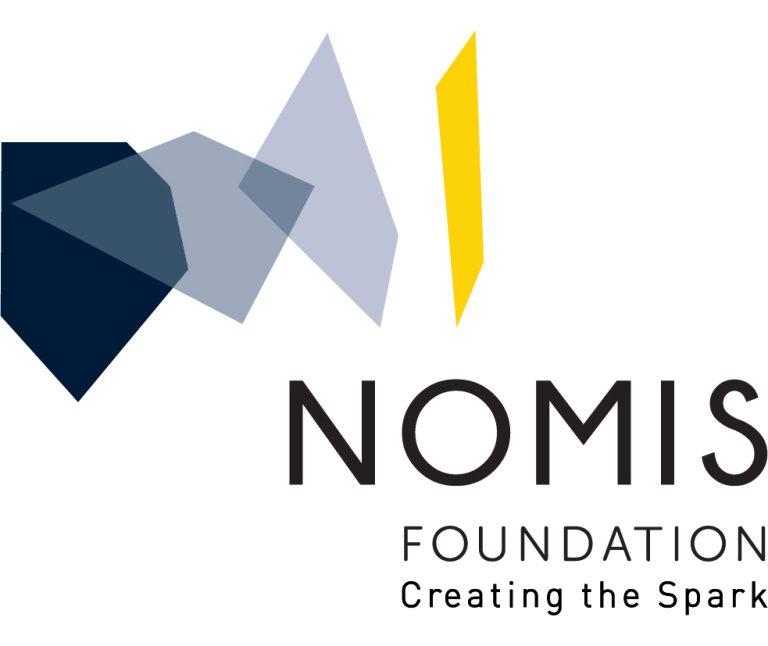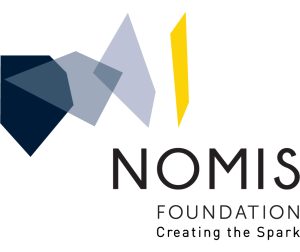The human body is a complex ecosystem in which dysfunction in one organ can disrupt body-wide equilibriums necessary for maintaining health. Thus, we are studying the mechanisms of cooperativity between interconnected networks including the brain, endocrine glands, gut, liver, immune cells and the microbiome.
The Science of Health: The Fundamental Mechanisms of Organ Communication project focuses on a superfamily of nuclear hormone receptors (NRs) that are critically involved in establishing and maintaining vitality through the regulation of nutrient distribution, metabolism and changes in response to stress. NRs function as molecular sensors to maintain equilibrium through a series of genomic programs. By deconstructing these programs at the molecular genetic level, we hope to gain knowledge about the metabolic basis of organ communication.
Approaching this investigation from three angles, we will first examine therapeutics that mimic the effect of exercise on the body—called exercise mimetics—with the goal of preventing neurodegenerative diseases. We previously discovered the prominent exercise mimetic target, the nuclear receptor PPARδ, which we can control with an orally active drug (sometimes called exercise in a pill). We will examine the impact of this drug in neurons and assess the therapeutic potential in mouse models of neurologic disease.
Secondly, we will explore the communication between the gut microbiome and the liver, leading to metabolic disorders, inflammatory bowel disease, autism and Parkinson’s disease. Additionally, we will evaluate the protective effects of vitamin D against liver damage and whether increasing vitamin D levels can promote repair.
Lastly, we will investigate how gut health is maintained as well as the roles of gut-derived signals in coordinating whole-body homeostasis. The NR farnesoid X receptor (FXR), which was originally discovered in our lab, serves as a sensor for nutritional cues and is a master regulator of gut health. We will explore how stimulation of FXR locally in the gut acts “globally” on the liver and the immune system to manage diabetes and metabolic disease.
The Science of Health project is being led by Ronald M. Evans, professor and director of the Salk Institute for Biological Studies’ Gene Expression Laboratory and holder of the March of Dimes Chair in Molecular and Developmental Biology.



